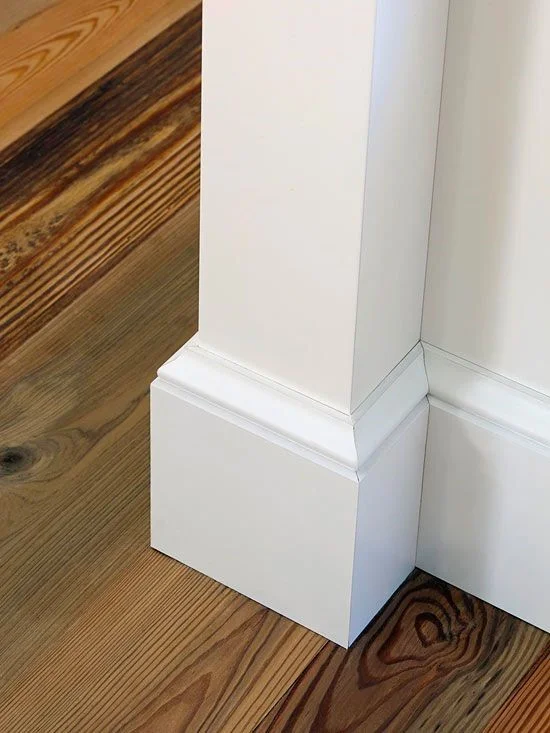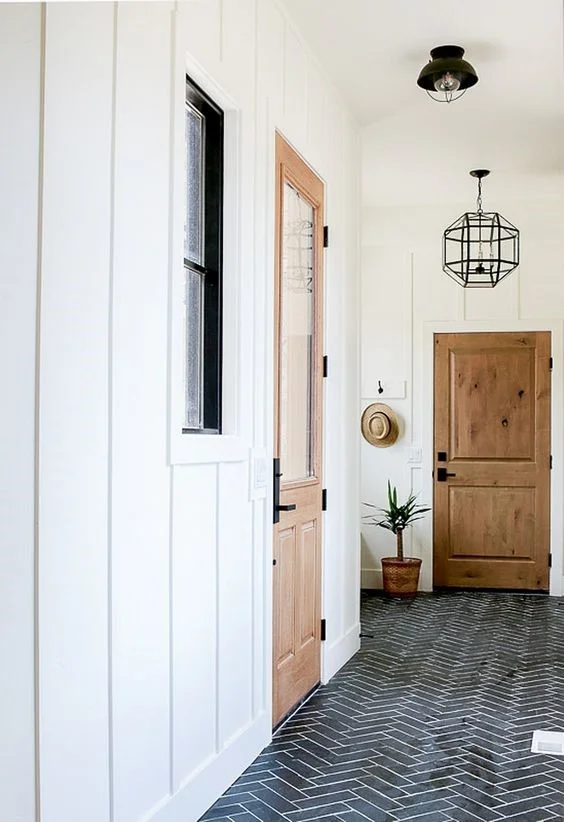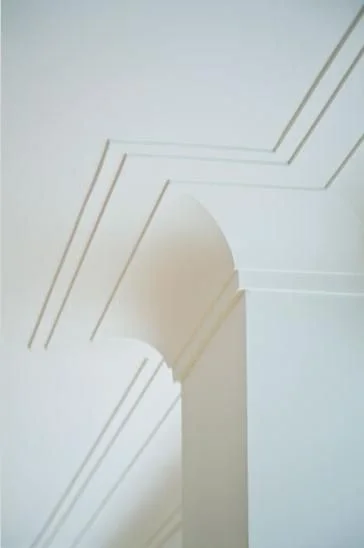Trim and Molding: What’s Best for Your Space
When it comes to elevating your interior with dynamic and elegant touches, investing in trimwork and molding is well worth it! Wood details like wainscoting, paneling and crown molding can be the ultimate statement in a room, adding character to walls, doorways, windows and more.
Moldings come in many shapes and forms. Each is designed for a specific purpose or for visually transitioning from one area to the next. We’re here to explain some of the basics to help you find your own molding style.
Baseboard
Used to trim walls where they join flooring, baseboards usually measure three to six inches. Baseboard styles can vary, but most are simple, and accented with a smaller piece of trim.
Casing
Casing is used to cover up the unfinished space between walls and doors or window frames. Casing can be simple, or very ornate but the width is generally consistent, spanning two or three inches.
| Interior Design |
Crown
Crown molding is used to decorate the transition between walls and ceiling and is a beautiful architectural feature in a room. Also known as cornice moldings, they come in a myriad of styles and tend to have intricate layers and silhouettes.
| Bob Vila |
Chair Rail
Chair railing is a functional molding, originally created to protect walls from furniture. Of course, it’s also used for decoration or to delineate between two wall coverings, such as paint and wallpaper.
| Design Mom |
Board-and-Batten
Batten, also called board-and-batten, is a wall trim piece used to hide the joint between two pieces of paneling. It’s a popular design technique and can be a stunning way to add texture and complexity to your walls.
| Home Bunch |
Coving
Cove molding is plain, concave-shaped trim used where the walls and ceiling meet. It can also be used on stairs, at the meeting of risers and treads.
| My Plumb Design |
For more information about trim and molding design, or to learn about other types of millwork, contact us today!








